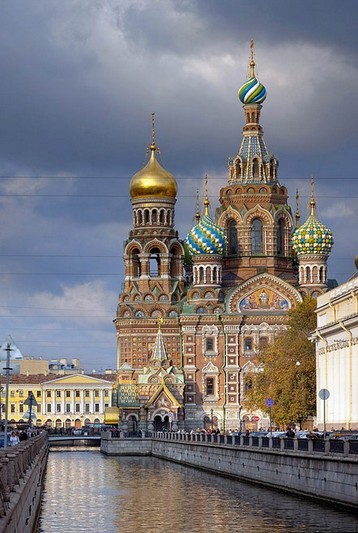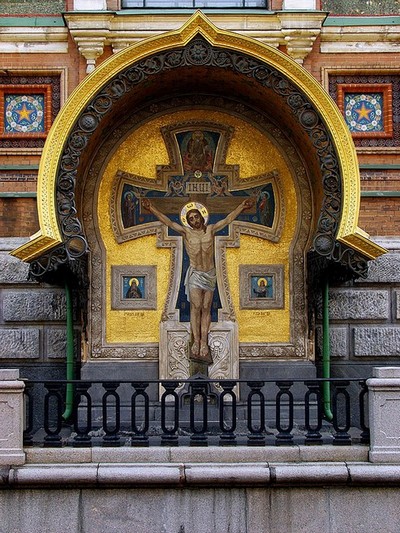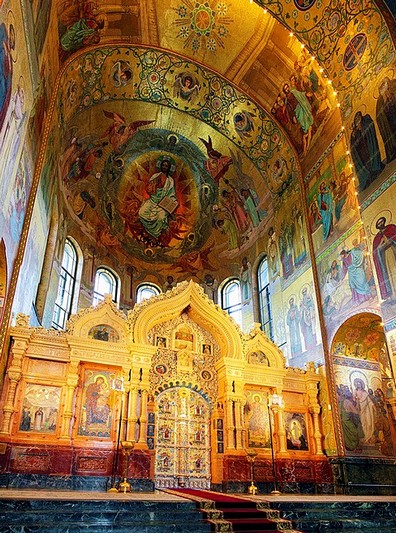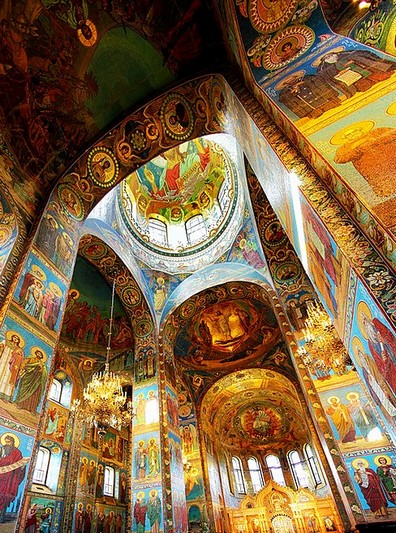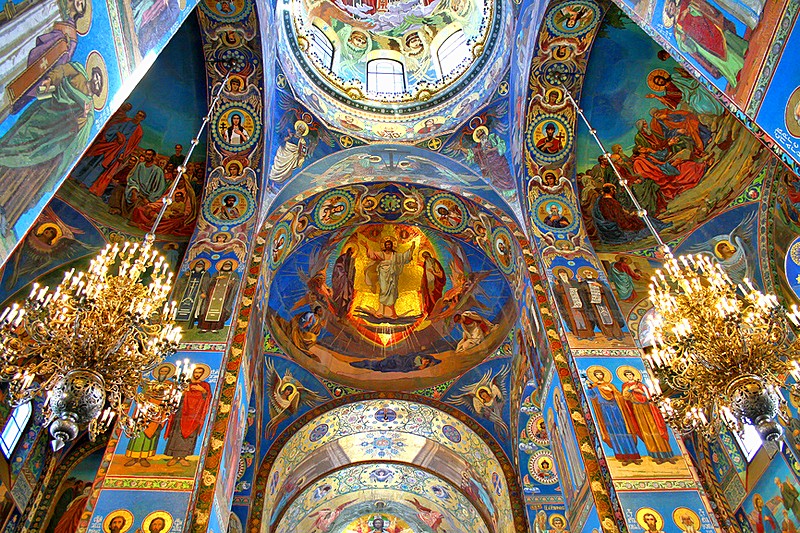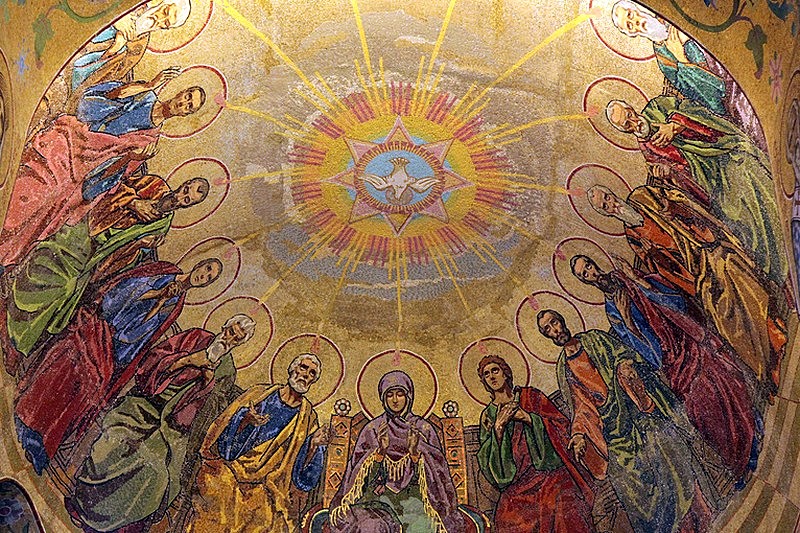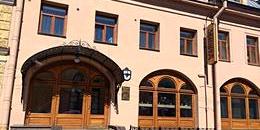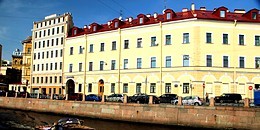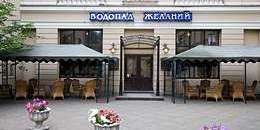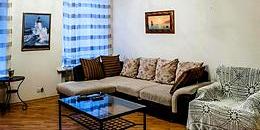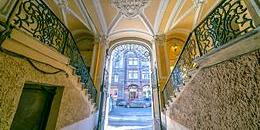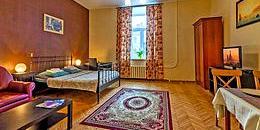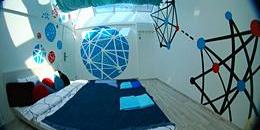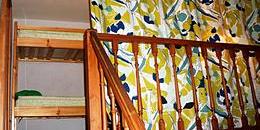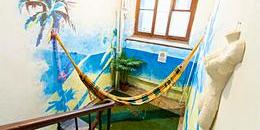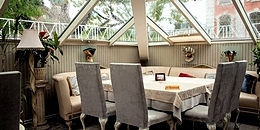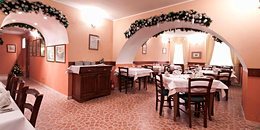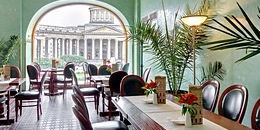Church of Savior on the Spilled Blood
Church of the Resurrection of Jesus Christ is known to Petersburgers as the Church of the Savior on the Spilled Blood - or even just the Church on the Blood - as it marks the spot where Alexander II was fatally wounded in an assassination attempt on March 1, 1881. Designed by Alfred Parland in the style of 16th and 17th-century Russian churches, the Church of the Resurrection provides a stark (some would say jarring) contrast to its surroundings of Baroque, Classical and Modernist architecture.
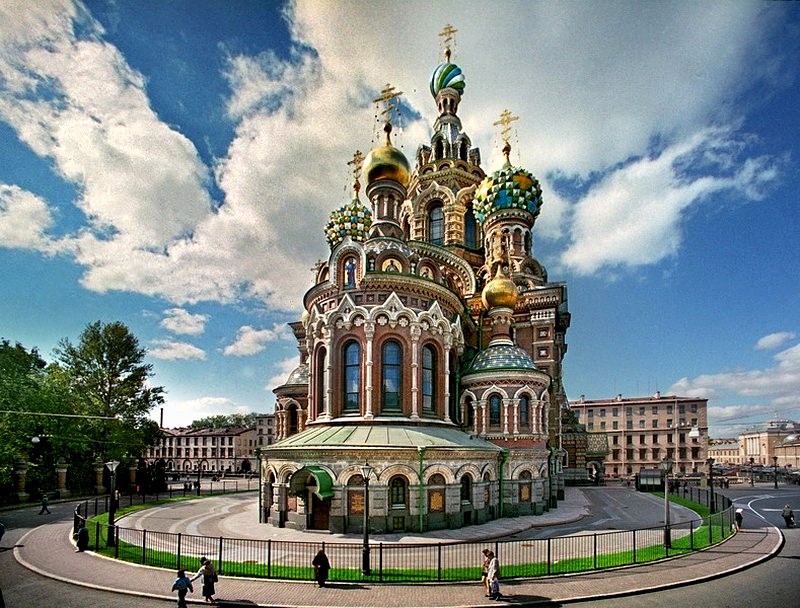
Alexander II died of wounds inflicted in an attack by the terrorist group People's Will. Immediately, his heir, Alexander III, declared his intention to erect a church on the site in his father's memory, and moreover to have this church built in "traditional Russian" style - in distinction to what he saw as the contaminating Western influence of Petersburg.
Eventually, after Alexander had rejected several architects' designs, Archimandrite Ignaty gave the job to Parland, but made the design himself. The church's final composition drew heavily from St. Basil's Cathedral in Moscow and the Vladimir Cathedral in Kiev. Construction began in 1883, and Ignaty died shortly afterward, leaving Parland to complete the job.
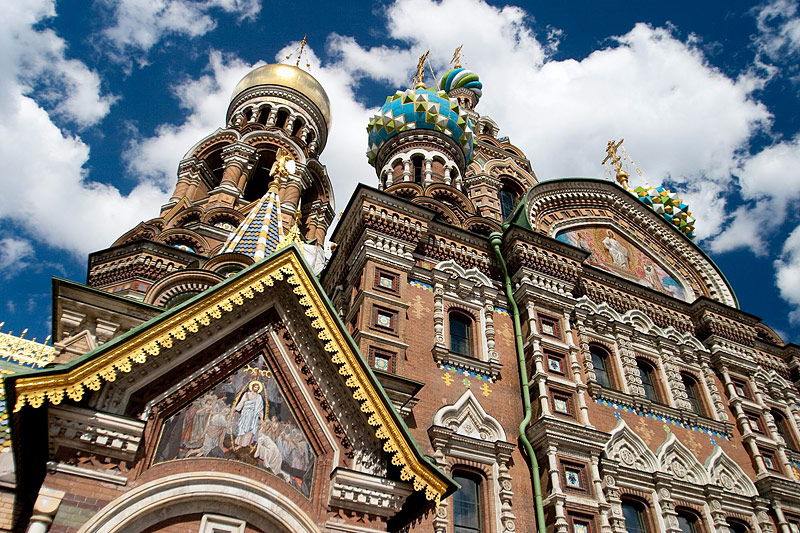
No baptisms, funeral services, weddings, or other traditional church services were held in the Church on the Blood, as this was not in Alexander III's plans. However, weekly requiems (for Alexander II) and sermon readings attracted large numbers of worshippers.
After the Revolution, the church - despite becoming an official cathedral in 1923 - was looted. It was closed in 1932, and essentially turned into a garbage dump. Rumors abounded that the church would be torn down. Damage from World War II and the Siege of Leningrad can still be seen on the church's walls.
After World War II, the church was used as a warehouse for the Small Opera Theatre. The valuable shrine was almost completely destroyed. Four jasper columns with mosaic mountings in them, and a part of the balustrade were all that remained.
On July 20, 1970 the church was made a branch of the St. Isaac's Cathedral museum, and eighty percent of the church's extraordinary restoration was funded by profits from St. Isaac's. The decades of deterioration and then restoration culminated in the dramatic re-opening of the church in August 1997, when thousands of eager visitors swamped the church.
The project was estimated to cost 3.6 million rubles, but ended up costing 4.6 million rubles, mainly from the extravagant collection of mosaics. The more than 7500 sq. meters of mosaics link Alexander II's murder with the crucifixion.
One of the most impressive elements of the church is the extravagant shrine constructed on the spot where Alexander II was fatally wounded, which has maintained a special place within the church's interior. It was constructed to Parland's design, and completed in July 1907. Four columns of gray violet jasper serve as the base of the shrine. Rising up the shrine, small rectangular columns unite the carved stone awning and the decorated mosaic icons with images of the patron saint of the Romanov family. The columns are supported by a frieze and cornice and stone-carved pediment with vases of jasper along the corners.
The church has an outstanding and varied collection of mosaic icons. Several icons were completed in the traditions of academic painting, modernist style and Byzantine icon painting. The large icon of St. Alexander Nevsky was created according to a design by Nesterov. The icons of the main iconostasis Mother of God with Child and the Savior were painted to designs by Vasnetsov. The mosaic panel Pantokrator (Almighty) which depicts Christ giving a blessing with his right hand and holding the gospels in his left, in the platform of the central cupola was painted according to a design by N. Kharlamov. Parland and Andrey Ryabushkin completed the framed icon mosaic ornaments.
| Address: | 2, Naberezhnaya Kanala Griboedova |
|---|---|
| Metro: | Nevsky Prospekt / Gostiny Dvor |
| Open: | Daily 10.30 am to 6 pm. Last admission is at 5.30 pm. Evening openings of the Cathedral in the summer only (May 1 - September 30): 6 pm to 10.30 pm. |
| Closed: | Wednesday |
| Telephone: | +7 (812) 314-2168 |
| Website: | http://eng.cathedral.ru/spasa_na_krovi/ |
| Admission: | Adult: RUB 250.00. Children: RUB 50.00. Audio-guide (in Russian, English, German, French, Italian or Spanish): RUB 100.00. Evening openings of the Cathedral in the summer only: RUB 400.00. |
| Photo and video: | free/included |
| Accessibility note: | The church is wheelchair accessible: there are ramps at entrance and exit. Heavy doors - please contact administrator or security staff for assistance. |

